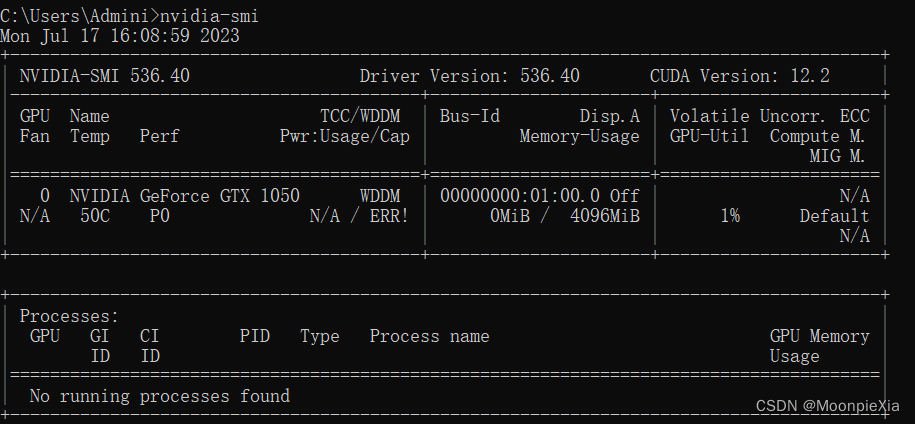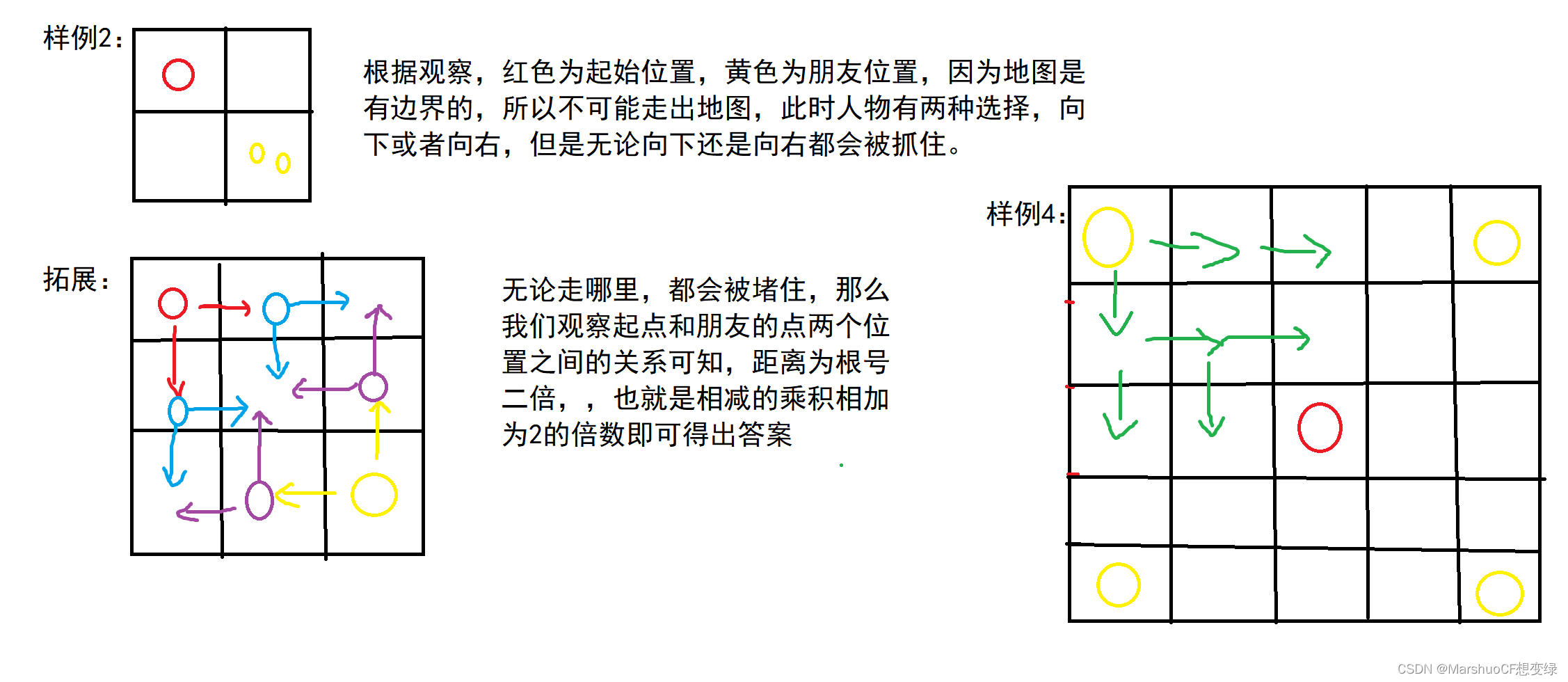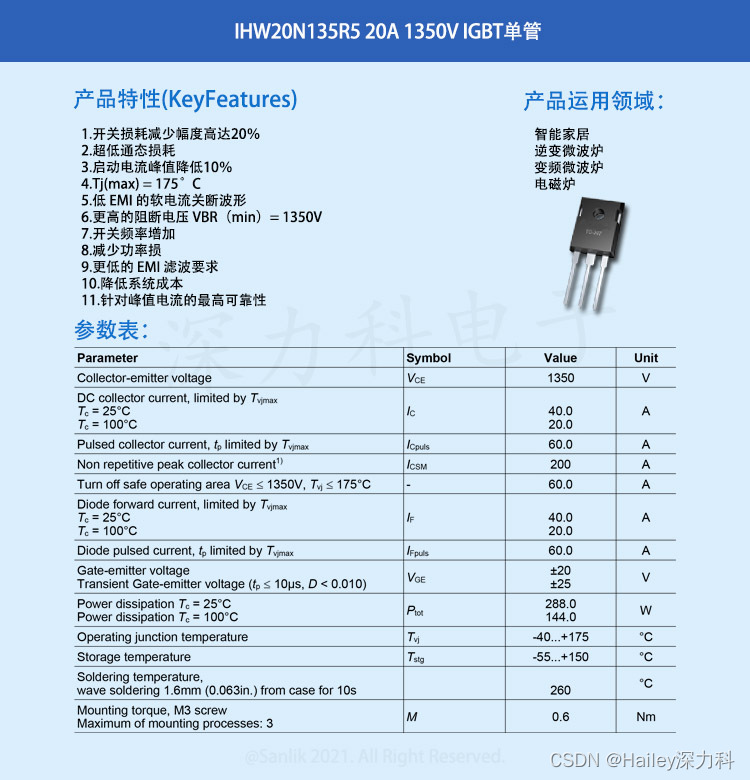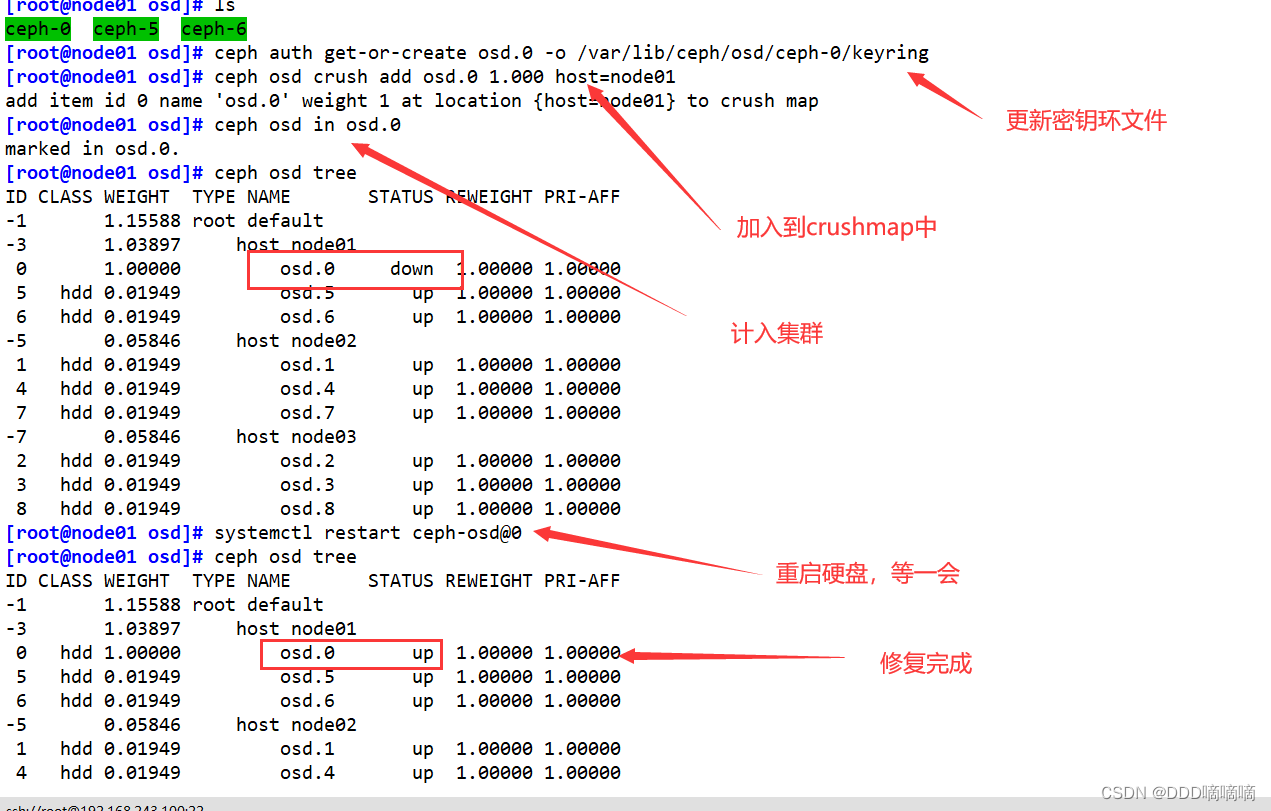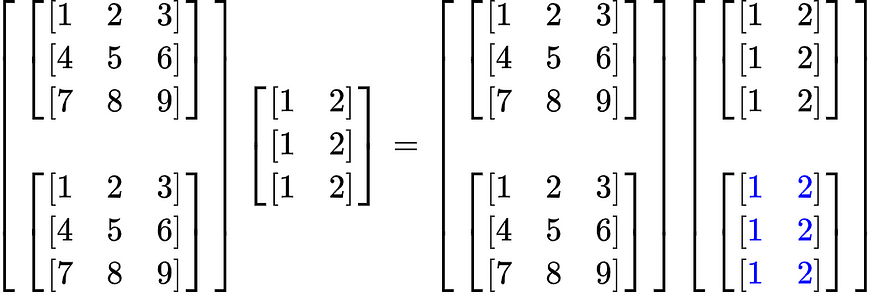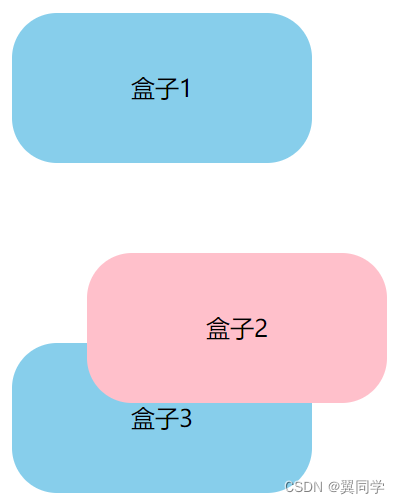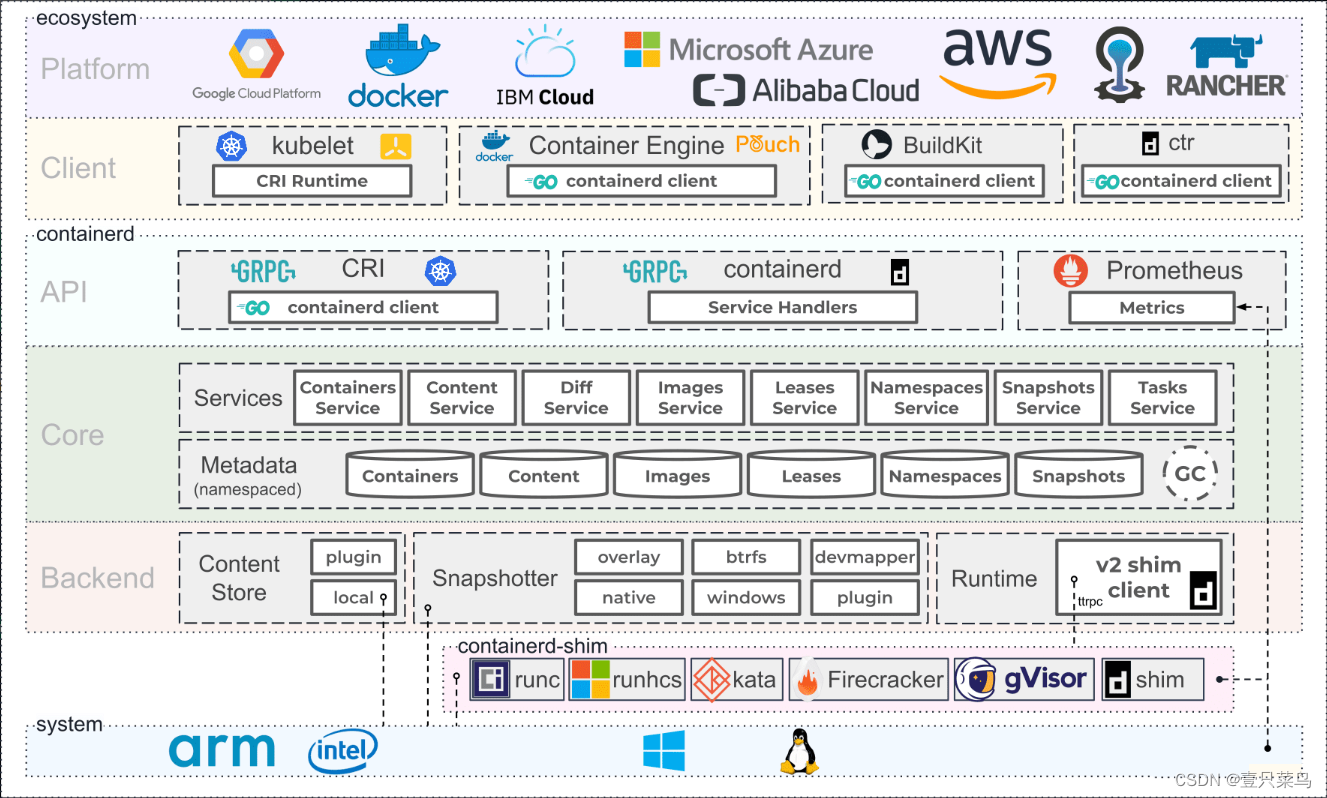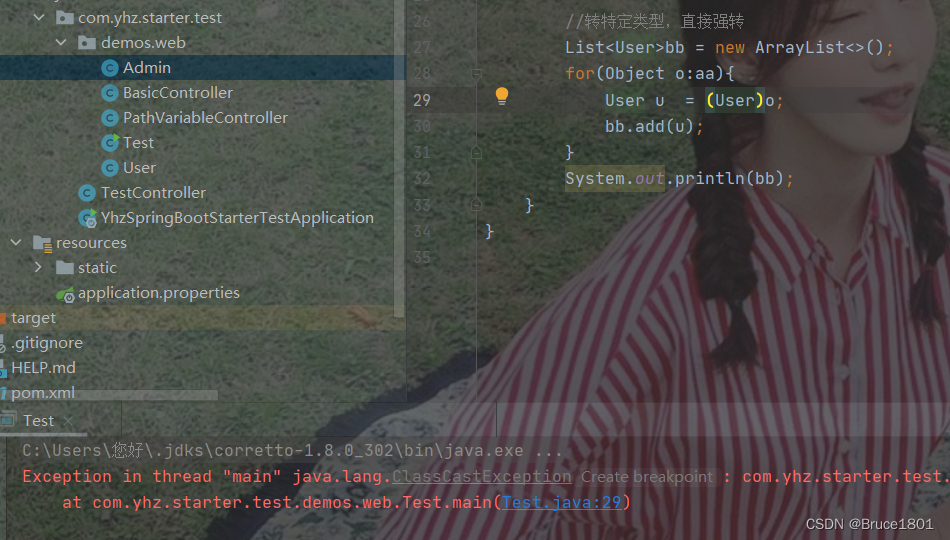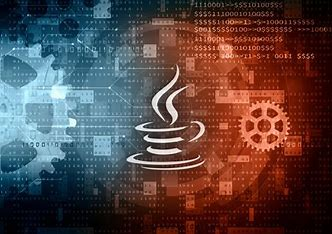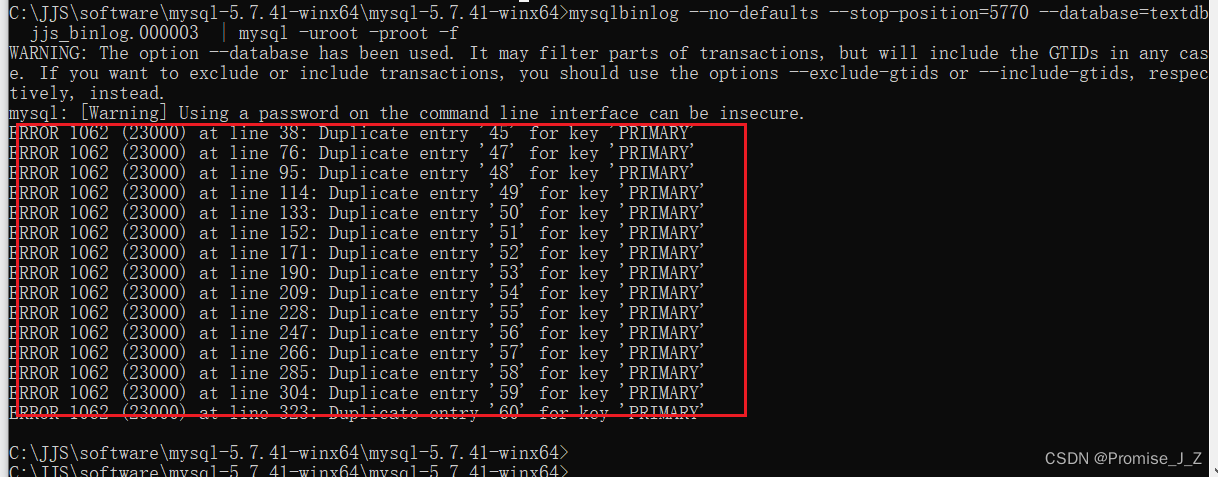目 录
- 一、前言
- 二、DeepC分析
- 三、新建分析 / New Analysis
- 四、Response Storage
- 五、Static Analysis Options
- 六、Dynamic Analysis Options
- 七、Multiple Analysis
- 八、提交分析/执行分析
- 九、参考文献
一、前言
SESAM (Super Element Structure Analysis Module)是由挪威船级社(DNV-GL)开发的一款有限元分析(FEA)系统,主要用于海洋工程结构的极限强度评估、波浪荷载计算和系泊系统分析等。它由一系列模块/程序组成,以 GeniE、HydroD 和 DeepC 等模块为核心,是海工结构分析领域的标准软件。GeniE、HydroD 和 DeepC 分别是 SESAM 系统的建模及前处理模块、水动力计算模块和深水耦合分析模块。

DeepC 是 Sesam 系统中的深水耦合分析工具,由 DNV(挪威船级社)和 Marintek(挪威海洋技术研究所)联合开发,主要用于 SPARs、FPSOs、TLPs 或类似类型的含有系泊/立管系统的浮式结构的分析。DeepC 包含三个独立的程序模块:DeepC Concept Modeller、Riflex 和 Simo,它们形成了一个建模、分析与后处理的集成环境。DeepC Concept Modeller 用于创建模型输入、结果后处理等。Riflex 和 Simo 由 Marintek 拥有、开发和维护,它们是 DeepC 的两个分析引擎(求解器),用于执行非线性时域有限元分析(Sima = Riflex + Simo)。

二、DeepC分析
在 DeepC 中,Analysis 文件夹内创建的分析对象是用来定义时域分析的执行参数和绑定模型数据的,类似于 Abaqus 中的 Job。这些执行参数确定了:如何执行计算、存储什么结果、采用何种算法等等。一个分析对象的创建包括四个步骤:Define the analysis in the new analysis dialog、Define response storage parameters、Define static analysis parameters 和 Define dynamic analysis parameters。

系泊浮体系统的非线性分析分两步执行:静力平衡分析(Static equilibrium analysis)和动力分析(Dynamic analysis)。静力分析始于线对象的无初始应力状态,经过一系列静力加载后,系统达到静力平衡状态。动力分析是从静力平衡位置开始的,并对系统在所有荷载作用下进行时域模拟。通常情况下,使静力平衡分析收敛并非易事。造成系统力分析不收敛的原因有很多,例如,负的稳心高度、某自由度方向上缺乏刚度等。这时,可以尝试如下方法使静力分析收敛:Experiment with the load group sequences 、Add artificial stiffness on the vessels、Make the line ends rotation free、Try to improve the stress free configuration。
三、新建分析 / New Analysis

在新建的分析页面中,需要指定波浪条件和浮体运动特征,它们给出了时域耦合分析的输入数据。波浪条件包括:规则波浪条件(Regular time condition)和随机波浪条件(Irregular time condition),环境数据包含在波浪条件内。浮体运动特征(Vessel Motion Charcteristics)用于指定浮体在海水中的运动规则,如浮体的运动类型可以设置为:Coupled、RAO-functions、Fixed、Time series on file 和 Time series from existing analysis。
| 序号 | 类型 | 说明 |
|---|---|---|
| 01 | Coupled | The vessel motion is calculated during the time domain simulation with the nonlinear effects of the attached lines included |
| 02 | RAO-functions | The vessel motion is calculated based on the environmental input and the RAOfunctions of the vessel |
| 03 | Fixed | The vessel is fixed. |
| 04 | Time series on file | The vessel motion is read in from a file |
| 05 | Time series from existing analysis | The motion is taken from the time series of an existing analysis that has been executed |

四、Response Storage

五、Static Analysis Options
在对系泊浮体系统执行时域仿真分析前,须配置静力分析选项,以确定静力计算阶段加载类别、收敛准则、边界改变等等。静力分析确定的系泊-浮体位置是动力分析的初始位置。在 2017 版 SESAM 系统中,DeepC 的静力分析选项对话框下包含 5 个选项卡,分别是:Static Analysis、Load Sequence、Load Input、Stctic Point Loads 和 Boundart Change。

六、Dynamic Analysis Options

七、Multiple Analysis

八、提交分析/执行分析

九、参考文献
[1]. Sesam User Manual - DeepC (Deep water coupled floater motion analysis).
[2]. Sesam Theory Manual - DeepC (Deep water coupled floater motion analysis).
[3]. DeepC – Deep Water Coupled Analysis Tool, A White Paper.
[4]. 关于风机 叶片/荷载/控制 方面的介绍请访问:https://www.zhihu.com/column/c_1485646874003058688
[5]. 关于风机 有限元分析 方面的介绍请访问:https://blog.csdn.net/shengyutou
[6]. 联系作者 ,Email: liyang@alu.hit.edu.cn,WeChat/Weixin: 761358045
